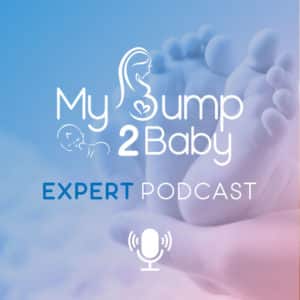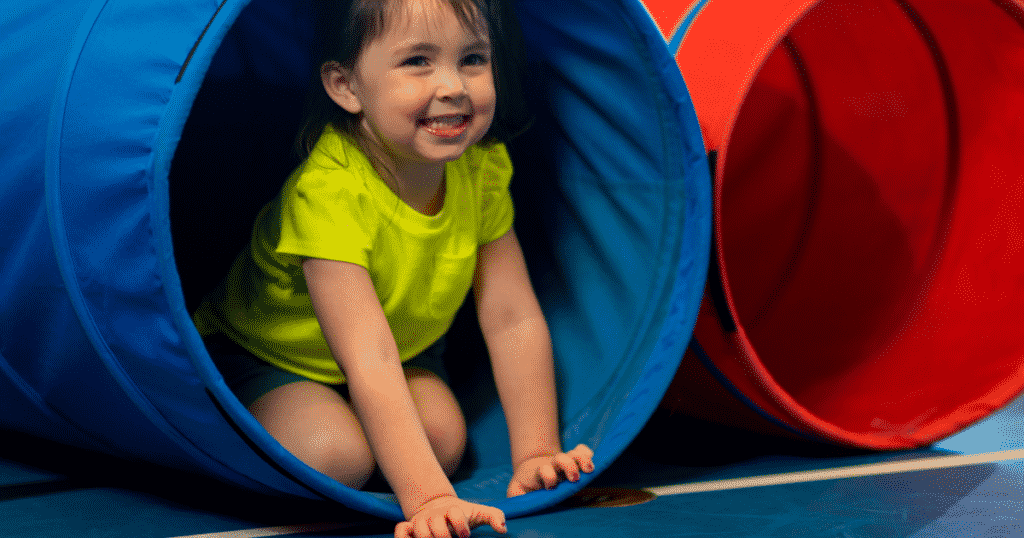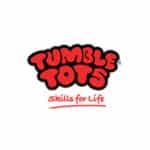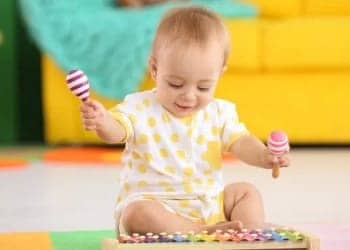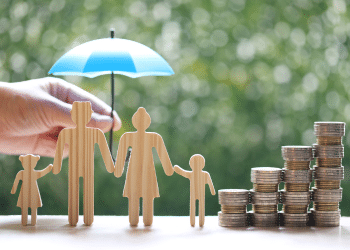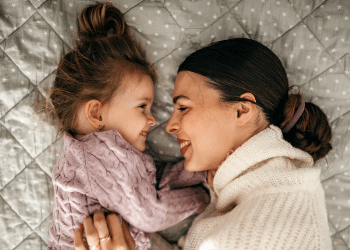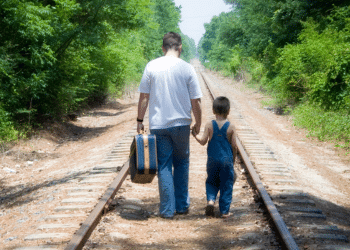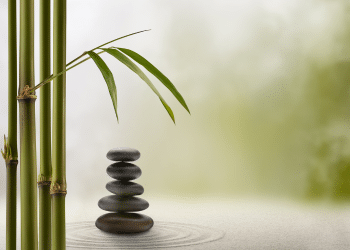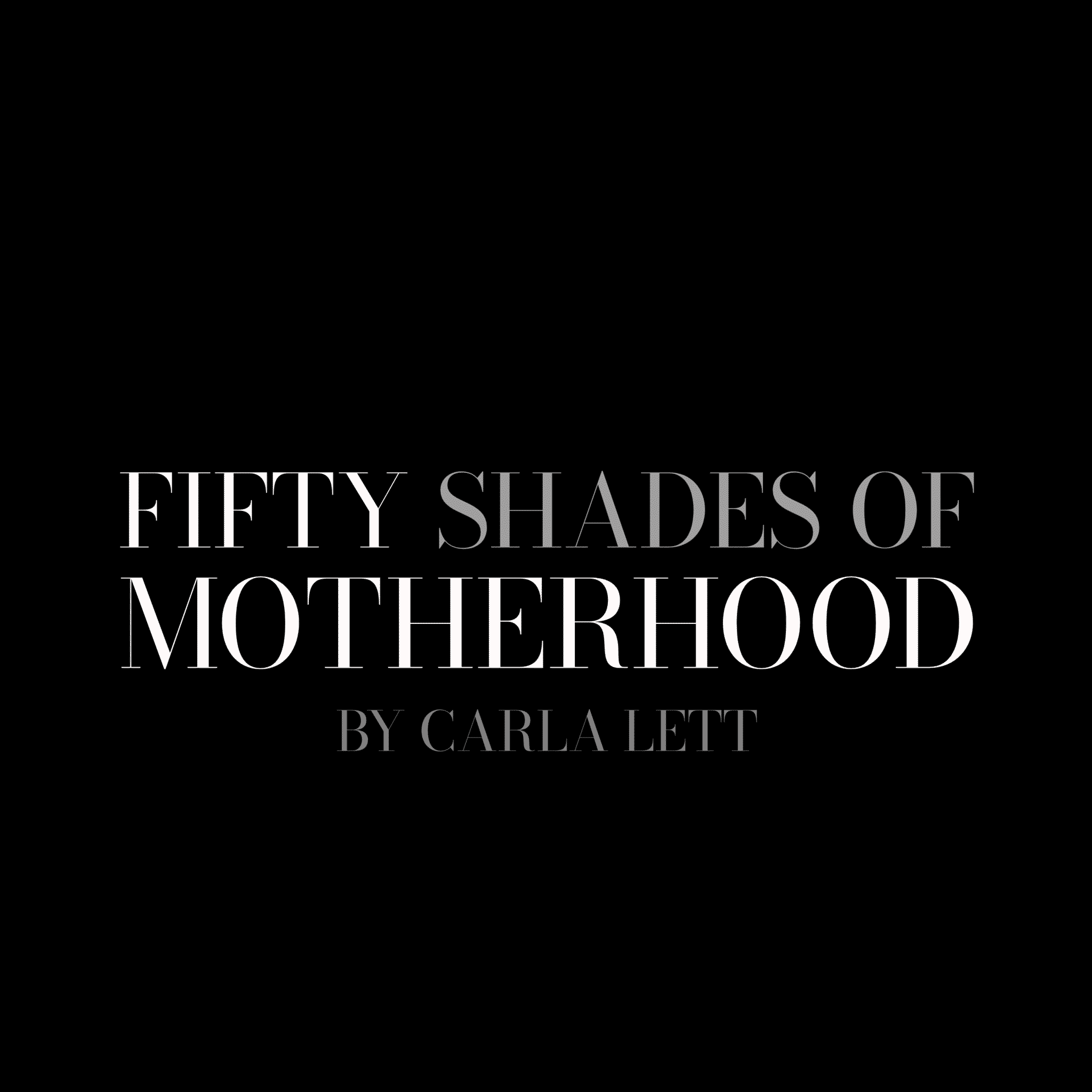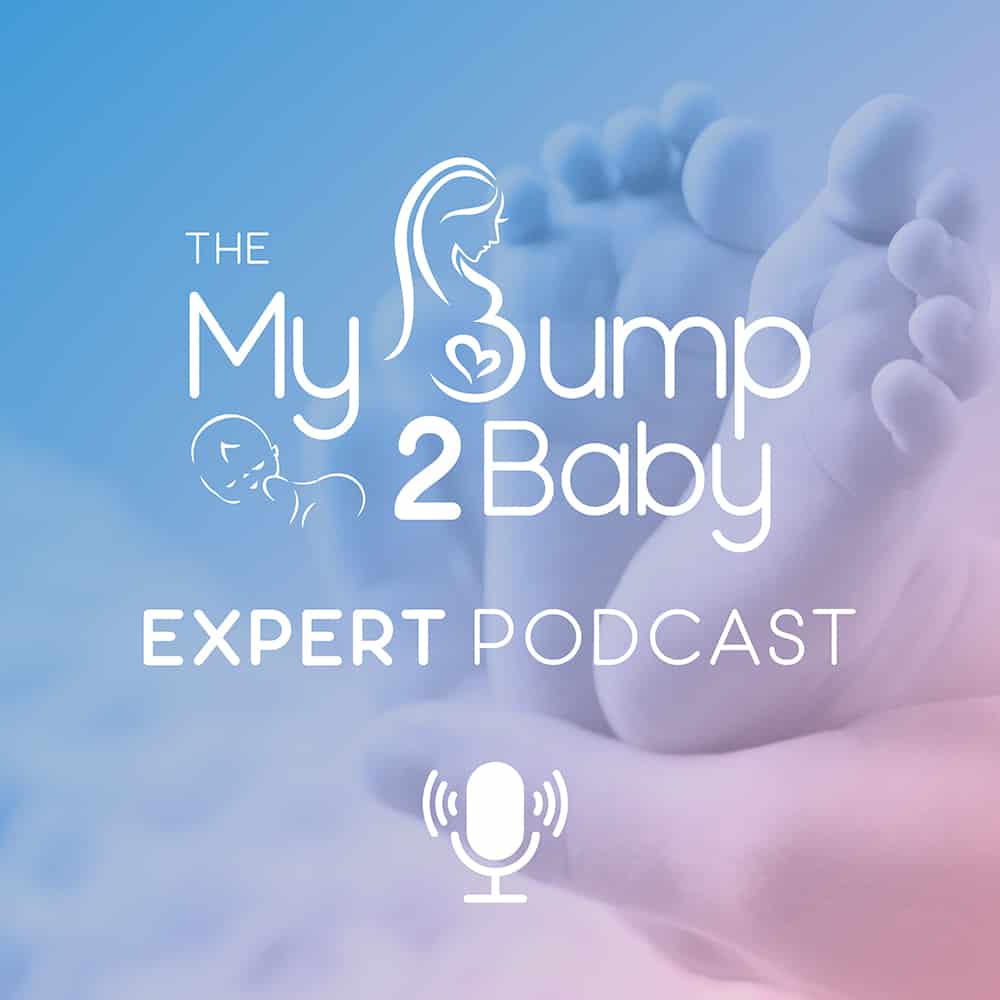- The Benefits of Physical Play for Toddlers
Today, we speak with company director of Tumble Tots, Charlotte Bedford about the benefits of physical play for toddlers. Charlotte covers the benefits of physical play for toddlers, when we should start introducing physical play, what kind of physical play we should be doing from home, the benefits of playing outside for toddlers and what we need to think about when setting up physical play for toddlers.
To find your nearest local class visit the link below:
Carla: This podcast is sponsored by My Bump 2 Baby family protection and legal directory. To find your nearest advisor or family law, solicitor, head over to www.mybump2baby.com/familyprotectionlegal.
[00:00:21] Do you love the idea of being your own boss? What about saving money on childcare? Because you can actually work flexibly around your family.
[00:00:33] My Bump 2 Baby is rapidly expanding, and we are looking for people to run their own pregnancy to preschool hubs in their local area. Full training is provided, ongoing mentor support, fantastic regular team incentives. A bonus scheme, uncapped commission, review products for free and review days out too. If you are interested in being the My Bump 2 Baby manager for your local area, email us [email protected] .Limited space available.
[00:01:28] Hello and welcome to my bump to baby expert podcast, where we bring experts from all over the UK to answer your questions on everything, pregnancy to preschool. Today we are joined by Tumble Tots director, Charlotte Bedford, and we are going to talk all about the benefits of physical play for toddlers. I hope you enjoy this episode.
[00:02:09] Hello everybody. And welcome to My Bump 2 Baby Expert Podcast. Today, I am joined by the lovely Charlotte Bedford, who is the company director for the amazing Tumble Tots. And Charlotte is going to be talking to us all about the benefits of physical play for toddlers. So hello Charlotte, how are you?
[00:02:31] Charlotte: I’m good. Thank you. I’m very pleased to be here with you guys.
[00:02:35] Carla: Oh yes. I’m looking forward to this episode because it’s going to be very informative. So I’m looking forward to that. So Charlotte, should we start with, what are the benefits of physical play for Toddlers?
[00:02:48] Charlotte: So Carla, there is so many benefits of physical play. And not just sort of building sort of strength for toddlers because that’s really crucial for their development, but it’s also what sort of goes on inside as well. So physical play really does help contribute to cognitive development. So when we talk about cognitive development, we’re talking about everything that goes on in sort of our little one’s brains. So how they’re processing the world around them and through physical play, we know that cognitive development is really enhanced. So this will help things, um, like their handwriting eventually. So it’s not just necessarily the physical play benefiting the mind now it’s, it’s ongoing benefits as well.
[00:03:31] Carla: Wow.
[00:03:32] Charlotte: Um, it can also sort of help with their social skills. So playing for toddlers and physical play helps build sort of social skills. And also their problem solving skills. So, and I think sometimes we think oh problem solving they need to actually solve a particular problem. But its actually looking at what kind of play they’re engaging in. And then actually, how will they figured out how to actually physically move their bodies in the way that we want them to. So it is those kinds of benefits they, through physical play, they build up a lot of what we call manipulative skills. So they take the skills that they’re learning through physical play, and then use those skills in, in other areas of, of their little lives, which again, we don’t, we don’t really think about, I think we sometimes think of the here and now what it’s going to do right this very second. But by playing and being physically active during that play, it helps them in other areas of, of their lives.
[00:04:31] Carla: Oh, that’s lovely. A very good answer there, um, a lot of that I didn’t actually know, so that’s, that’s really interesting. So, so Charlotte then, um, what age should we be starting to introduce physical play?
[00:04:44] Charlotte: Well, to be honest, Carla, pretty much as soon as possible. So there was a lot of evidence, um, out there in, in the, in the public domain, really that really encourages, um, parents to be physically active and to get their babies physically active from a really, really young age. So as I said, for the babies now, And, um, at the end of last year, 2019, there were new guidelines actually published, um, which shows that there is considerable evidence that letting babies just be on the floor will really help them in their physical activity as, as they’re growing and developing. So we really encourage our mums that come to our classes. And even before they come to our classes, get your baby on the floor, pop them on the floor. Let them be on their tummy, let them roll. Let them squirm around. Let them just move their bodies around rather than sort of being in, in a, in a seated environment, pop them on the floor because that’s the best way for them to engage in physical activity.
[00:05:45] Um, now, What we also recommend is, um, we use a lot of tummy time in our classes and really does help with the, um, with the, with physical development, but also a baby’s cognitive development, as well as they were talking all about the brain there. Um, now the guidelines state that, you know, babies should spend about 30 minutes on their tummy each day. And what I would strongly recommend to anybody who is looking at tummy time, because some babies don’t like it. And as I said, it’s the best way to start babies being physically active is to put them on a gradient. So don’t pop them flat on their tummy. Hop them, maybe on your knees when you’re in a sort of sitting position with your knees up, pop them on your knees, they’re looking at you. So that way then next way step. And they can see all the world around them. They’ve got that eye contact with the parent as well, which is really important, but then they’re on, they’re on their tummy and enjoying being on their tummy. Because what this does Carla it sort, of sends the messages to the brains.
[00:06:44] The brain, both sides of their brains are working. And actually it will start to help develop what we call their cross lateral development. Um, and you need cross lateral development. Well, we all need cross lateral development for when, um, we move around. So it was things like crawling our coordination. We need to build it that cross lateral development. And that starts with, with tummy time. So, in essence, as soon as possible, get your babies on, on the floor and, and in obviously in a nice safe environment, because this will help their physical activity.
[00:07:17] Carla: That’s great. Brilliant. So what kind of physical play can we do from home with our children when they’re that bit older then?
[00:07:26] Charlotte: So, I think the first thing to think about when we’re playing at home, it doesn’t have to be complicated. It doesn’t have to involve lots of toys and actually that, um, you just look around for what you can do and how you can move and make it fun. So some things that we really, um, have started to promote, is things like playing copycat with your toddler. So you stand in front of each other and you move and you’re asking your toddler to copy the movements that you’re doing, and then you vice versa. Then they be the one leading the activity. And then as the parent you, then copy them as well. Also, and we did this a lot during lock down on our online sessions where we have a nice, empty, empty space and we practice things like our side roles. So literally just lying flat on the floor with extended arms and legs and rolling over on our sides because this, they love it, children really love it. And they don’t understand what it is, having a great benefit for them, but all they see that they’re having loads of fun rolling on, on their side. So it’s things like that. Looking at just an empty space and just moving around and making it as fun, fun as possible really.
[00:08:37] Carla: Yeah, that makes a lot of sense. No, exactly. So they can actually, they can actually improve other things by just playing, which is amazing.
[00:08:46] Charlotte: Yeah. And that’s the key thing Carla. With all of this and I’m a great advocate of this, children learn as they play. Because children don’t understand that when they’re playing that they’re learning, there’s been a great body of research. And I actually carried out some myself whereby when children are asked about different tasks, when they’re playing, they don’t understand that they’re learning. So for example, you might say as a parent, right today let’s go and find fully different items around the house, and then we’re going to put them in a, and then we’re going to use them to practice our, our target, throwing.
[00:09:20] Now with this, then you’ve got physical activity of moving around the house, but then you’ve also got their math skills. So they’re counting skills then come into play with those little toddlers and children aren’t going to realize that that’s what they’re doing, but we as grown ups know that that’s going to help contribute to their counting and math skills, which are really, really key. Um, especially when they’re, um, at nursery and they’re working towards their EYFS. Um, all of those little things come, come into play. So the more fun you can make their learning and their playing the better it is for them.
[00:09:54] Carla: That’s brilliant. I didn’t even think of doing something like that. So I really like that idea. So, so what, um, what are the benefits of toddlers playing outside then as opposed to inside?
[00:10:06] Charlotte: So I, again, I love the fact that, you know, when children are outside playing, they’re running, they’re moving. It’s great for them. Because obviously they’ve got their open, fresh air, which is really important for their development, but also it’s giving them a new learning experience.
[00:10:22] So when we’re playing say in the house, we’ve got quite sort of flat surfaces, and the children are quite comfortable with moving their bodies in that way. However, when we go outside, say we’re at the park and we’ve got a nice field to run around. Children have to learn how to move their bodies and control their movements because it’s that uneven surface. So it’s controlling and refining their physical movements, which is really, really important. But also you’ve, you’ve got that space as well. So utilise the space you have when you’re outside and it’s things like maybe let’s not run down the path or walk. Let’s hop down the path as well. Let’s skip. Let’s jump because, you know, we’re all, we are in a society where everything’s go, go, go even now.
[00:11:06] But actually instead of like a set, instead of maybe walking down the path as we walk the dog, maybe should we jump down the path while we’re walking the dog. So it’s looking at how we can change the movements for our toddlers to make it a lot more fun for them. And that’s going to benefit and contribute to that their physical activity minutes per day.
[00:11:26] Carla: That’s great. So, so have you got any tips when the parents should use when setting up physical play for toddlers?
[00:11:35] Charlotte: Yeah. So, as I said, don’t worry about over-complicating anything you don’t need to, you know, get out loads of toys, loads of props, loads of tools because you just need space. You just need a little bit of space and the world is your oyster basically. Now I, um, during, during lockdown, obviously we were quite restricted as to what we could use for our online sessions. I was looking around my house. I had quite a few cardboard boxes or thought, right? What can we do with the cardboard box? It’s going to make children be physically active now to look at it, you think, Oh my goodness, what can I do?
[00:12:10] But you can use it for sort of your target throwing. So pop it in front of a child. Ask your little one to take a step back and throw something into the box. Take another step back. So the distance is getting further. Then you’ve got that throwing and throwing into a target. You’ve got that movement involved as well. With some of the smaller boxes. We also encouraged, um, you know, wants to jump over the box so again, you don’t need a lot to engage them. And it’s, by jumping over a box, you’re challenging that toddler to jump a little bit higher. To engage in little bit more of a complicated movement rather than just simply jumping on the spot.
[00:12:49] Um, and then you can take that further. So then after that you could then maybe engage in some creative play where they can colour in that box and use it next time. And that’s always going to be known is that they’re jumping box really? Um, so it’s about just. Keeping it really, really simple. And what I say to a lot of my friends with, with children who sometimes do struggle, like what can I, how can I be physically active with my child, get involved with them, be their play partner, because they love nothing more than playing with you. And it means we can be a bit physically active as well as, as parents. So join in with your little one and then they are far more likely to want to be physically active with you.
[00:13:34] Carla: That’s great. Great advice. Um, thanks so much for answering those Charlotte. So can you just tell us a little bit more, um, I’m sure everyone has heard of Tumble Tots, but for the people that may not have, can you tell us a bit more about Tumble Tots and where people can find your classes?
[00:13:51] Charlotte: Yeah. So, um, Tumble Tots is a physical play program. So we actually celebrated our 40th birthday last year. So many generations now of parents and children. So parents who used to go to Tumble Tots are now bringing their children to tumble tots, which is great. So our classes offer, um, children from six months all the way up to seven. Um, to seven years old, um, a physical play a program. So each session is tailored to suit this specific development stages of the children attending. So we engage their balance, their agility, their climbing, and their coordination skills through really carefully constructed sessions. But the beauty of our program as well is that we combine the physical with the social development and the cognitive development as well.
[00:14:43] So coming along to our classes children have exposure to lots of different elements that are really important for overall that development. And we’ve got franchisees up and down the country who have loved being back in classes since September, um, and to find local classes, parents, all they need to do is visit tumbletots.com. Pop in their postcode and that would bring up their local classes.
[00:15:09] Carla: That’s fantastic. And we’ll put that link on the show notes. So Charlotte, thank you so much. You’ve been amazing
[00:15:16] Charlotte: Pleasure.
[00:15:17] Carla: Thank you.
[00:15:23] Thank you for listening to My Bump 2 BabY’s Expert podcast. If you would like to find help and support from experts in your local area. Head over to www.mybump2baby.com. And you will also be able to find local pregnancy to preschool groups, classes, businesses, and services in your local area.

